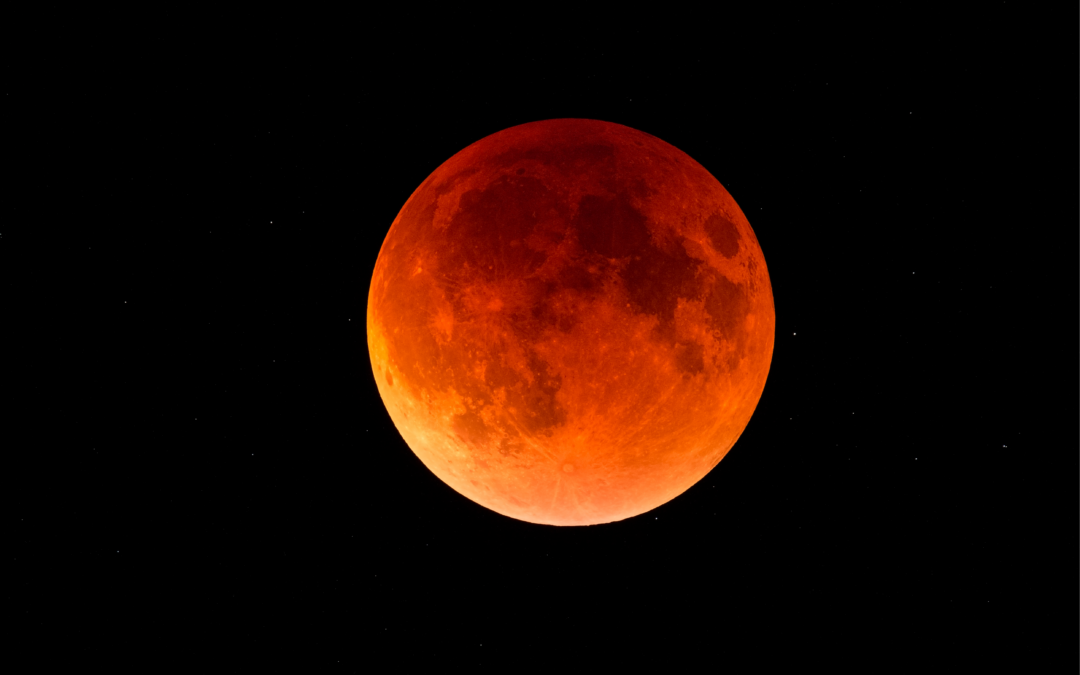by Sid Baglini
Monday, November 7, 2022, 7:00 pm

Known as the Beaver Moon, our November full Moon reaches its peak at 6:02 A.M. on November 8th, Election Day. If we were to walk that evening, we would be competing with the voters. Instead, we will walk the night before. It will be just as full (11 hours before the peak) as it would be walking on the 8th (13 hours after the peak).
The name Beaver Moon derives from the time of year when these lumberjack rodents with the big, leathery tails take up residence in their lodges as winter sets in. The lodge features an entry hole, a drying platform, and a living area. Surrounding the raised structure will be a mass of branches which is the pantry, enabling them to munch on shoots and branches without having to venture far from home. From the fur trapper’s point of view, this was the time of year when the fur is thick and rich so it’s an optimum time to collect their pelts. Other names that derive from the activities of animals this time of year are The Digging Moon and The Scratching Moon, related to the collecting of food for winter. It’s also The Deer Rutting Moon so if you are driving at dusk or at night, beware of distracted deer near the road. November is the worst month for traffic accidents involving deer. In a nod to the dropping temperatures, this is also the Frost Moon and the Freezing Moon.
We get a bonus this month, but you will have to rise early. A total lunar eclipse will reach its peak at 6:00 A.M. on the 8th, just 2 minutes before the full Moon reaches its peak. This occurs when the Moon, the Earth, and the Sun are lined up such that the light from the Sun causes the Earth’s shadow to cover the entire Moon. The reddish color that results on the Moon is why it is called a Blood Moon. Since the Moon will be setting close to this time of morning, it will be near the horizon so you will have to seek a location where the horizon in the west is unobstructed. If you are up earlier, you can watch the eclipse evolving toward totality.
With luck, we may be treated to a meteor emanating from the Taurids Meteor Shower. It peaks on November 11-12 but is visible from October 13 until December 2. The closer to the peak, the better our chances.
We hope you can join us for an early evening stroll through Malvern to celebrate our planet’s only natural satellite. We meet in the parking lot of the Baptist Church at the corner of Channing and 1st Avenues.
